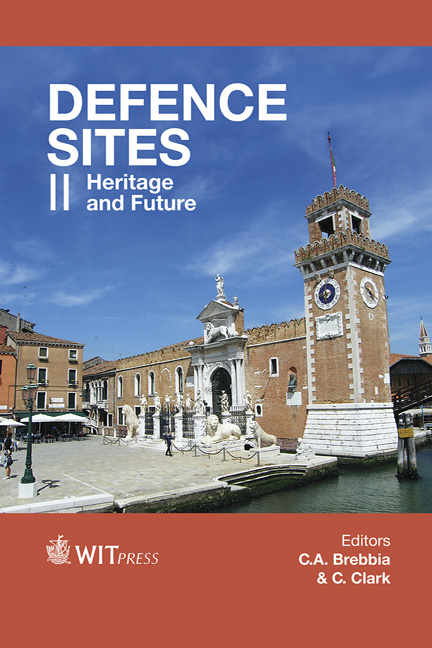How To Preserve The First World War Military Heritage
Price
Free (open access)
Transaction
Volume
143
Pages
12
Page Range
99 - 110
Published
2014
Size
1700 kb
Paper DOI
10.2495/DSHF140091
Copyright
WIT Press
Author(s)
M.-M. Damien
Abstract
The First World War belongs to world history. The important ‘footprint’ left by this war must be protected and valorised. But, this heritage is a special one: it is a human, emotional, national and transnational heritage. But at first, we have been taking or you are taking a geo-referenced inventory of the last visible scar of this Great War before its disappearance and we want to have recourse to such modern technologies such as “lidar” (laser detection and radar). Then, these properties must be included in conservation areas, or a part of them selected, because we cannot protect everything. Then a part of them may be allowed to belong to the Heritage Preservation UNESCO areas or located in their buffer zones. The nominated property had already been included on the tentative list of the French State Party in agreement with the Flemish and Walloon governments at the request of the “Memory Landscapes and Sites of the Great War Association” gathering the fourteen Front departments, their associative local partners and the local communities. Now, France is announcing its intention to file a request with UNESCO to put eighty places on the list of world heritage sites. A vigilant policy must be implemented in this matter. We need to apply a real conservation and environmental policy in order to respect this heritage in recognition of the fact that we have a duty to pass this human, cultural, emotional universal heritage on to future generations intact. The inscription of these properties on the world heritage list is considered as an excellent way to protect these assets for future generations.
Keywords
protected area, conservation area, heritage list, inventory, “lidar”, checklist, strategy, GECT, tentative list, archaeological survey





